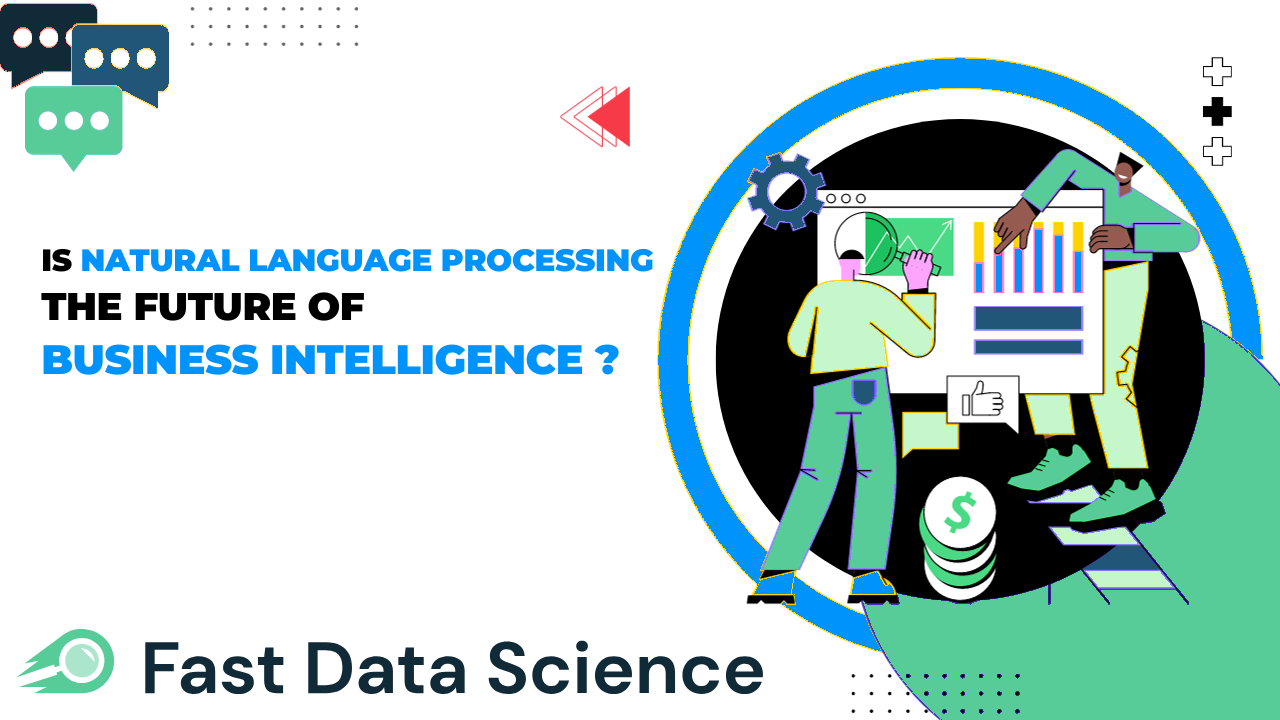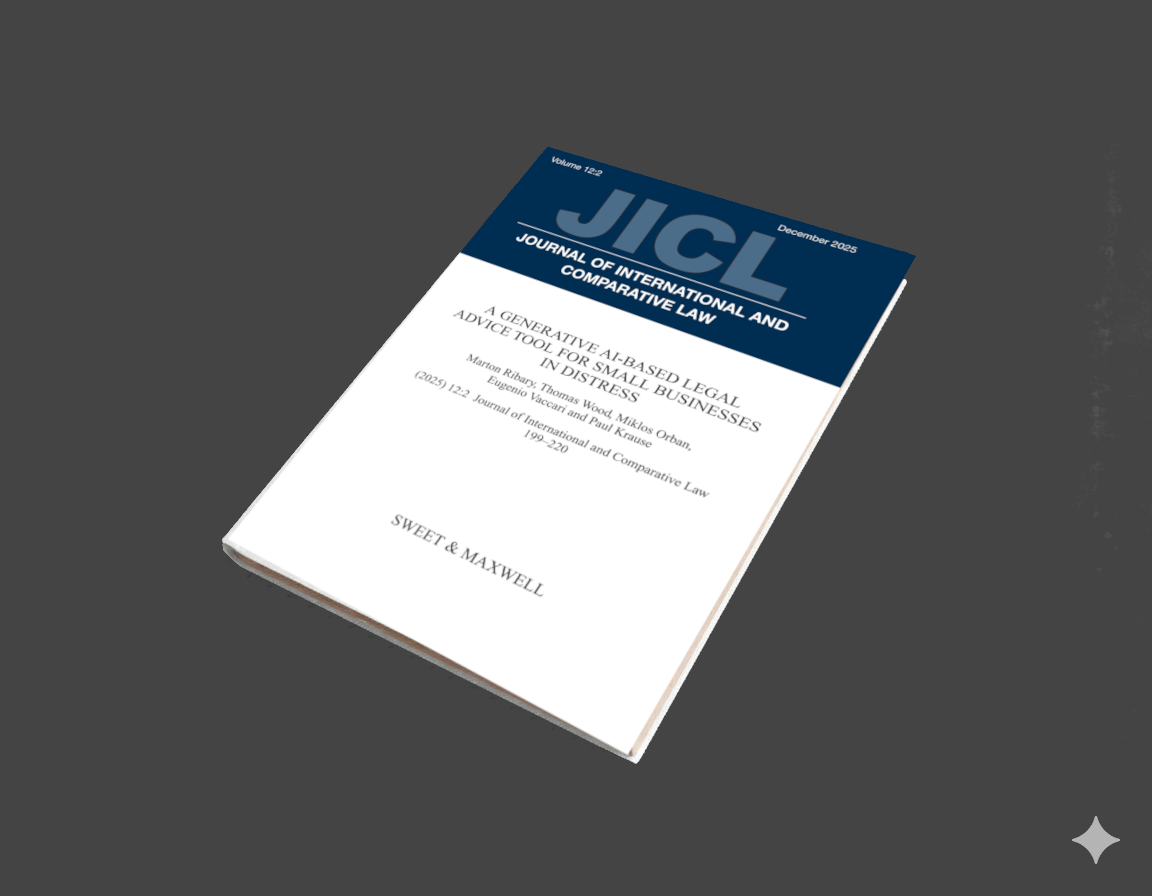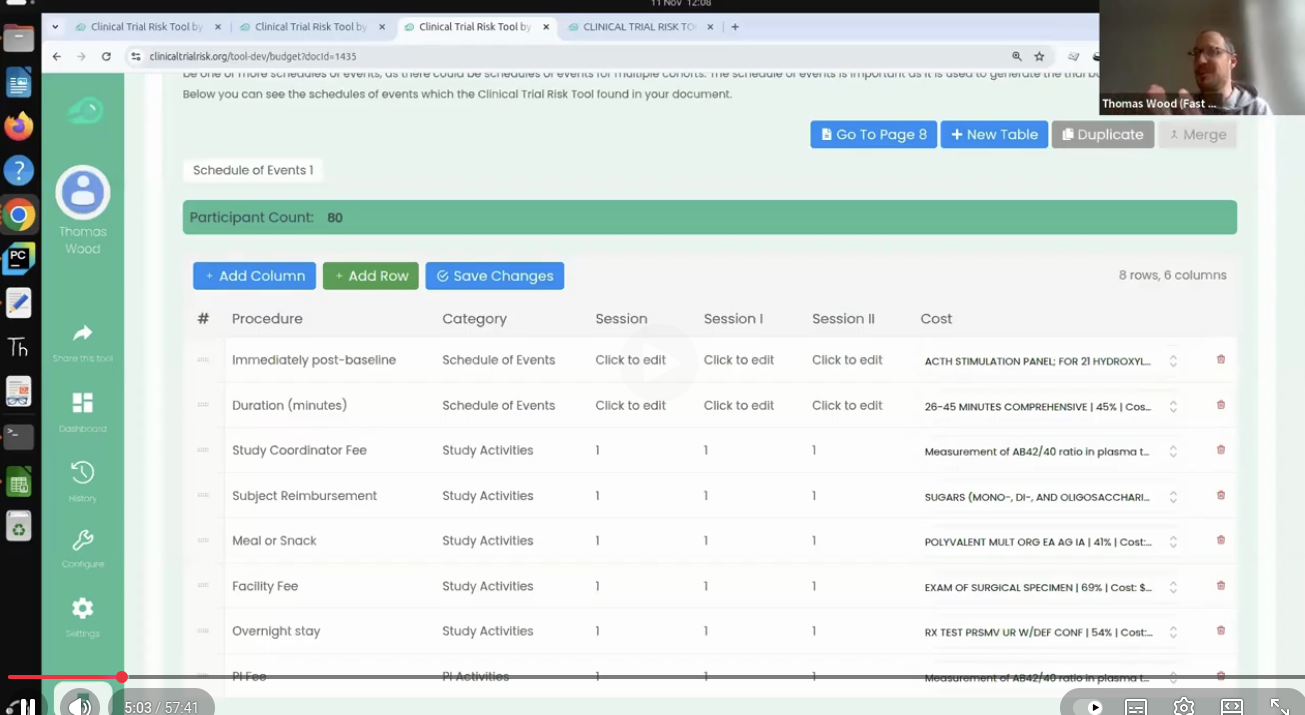
Guest post by Essa Jabang, who works as a data and engineering consultant in our team at Fast Data Science and also runs his own company Taybull.
In the swiftly evolving world of Business Intelligence (BI), one technology is making waves: natural language processing (NLP). As businesses strive to extract value from their vast amounts of data, the combination of BI tools and NLP seems like a natural progression. But is NLP truly the future of BI? And what are the business uses of NLP?
In this article, we delve into the relationship between natural language processing (NLP) and Business Intelligence (BI). Accompanied by a detailed illustration, readers will gain insights into a real-world application of NLP in BI, showcasing the simplicity of querying complex datasets using everyday language.
Firstly, we need to understand the basic premise of natural language processing, AI, and business intelligence:
Natural language processing (NLP): This refers to the capacity of machines to understand, interpret, and generate human language. This includes everything from Google’s search algorithms, Siri’s voice recognition, to chatbots on your favorite online store.
Business Intelligence (BI): This entails the use of technologies, applications, and practices for the collection, integration, analysis, and presentation of business information to support better decision-making.
At a fundamental level, Business Intelligence tools exist to convert raw data into actionable insights. Traditionally, this required a user proficient in querying languages to extract the necessary information. However, with NLP, you can simply ask your BI tool a question in natural language, just like you’d ask a colleague.
For instance, instead of manually inputting a complex SQL query, with NLP you could ask, “What were the total sales last quarter in the Northeast region?” and get a precise answer.
Natural language processing can perform tasks such as generating and classifying text, answering questions in a conversational manner, and translating text from one language to another. It has revolutionized industries, notably customer service, with the advent of chatbots. The emergence of large language models like ChatGPT has further expanded and accelerated the scope of natural language processing applications. The benefits NLP brings to the Business Intelligence sector include:
User-friendliness: Business Intelligence tools enhanced with natural language processing features can be remarkably intuitive. This means that even individuals with minimal experience in data analysis can effectively utilize them, ensuring that data access becomes a democratic process across organizations.
Efficiency: Through the incorporation of NLP, the speed and simplicity of data queries are dramatically improved, drastically reducing the time required to extract meaningful insights.
Advanced Insights: With NLP, we can delve deeper into datasets, enabling the identification of intricate patterns and correlations that might elude traditional query methods. This results in richer, more nuanced insights.
Personalisation: As chatbots and virtual assistants become integral components of BI platforms, users experience a more tailored and interactive approach to data analysis. This not only makes the process more intuitive but also creates a more engaging user experience.
Security: Leveraging NLP technique like data masking in Busines Intelligence systems enhances data protection, countering threats like data exfiltration and third-party vulnerabilities. Masked data, even if accessed, remains non-exploitable, allowing safe data sharing without exposing original content.
Here’s an illustrative dialogue between a CFO and a financial bot, aptly named ‘FinBot’. This conversation highlights the potential of integrating natural language processing with Business Intelligence, offering real-time insights and data visualization to senior decision-makers. Dive in to see how seamlessly a CFO can retrieve, interpret, and strategize based on the data presented by FinBot.
CFO: Hello FinBot.
FinBot: Good day, CFO! How can I assist you with your financial analysis today?
CFO: Show me the revenue trend for the last 12 months ?
FinBot: Of course. [Displays a line chart with monthly revenue data for the last 12 months. The line steadily rises with a significant spike in the last two months.]
CFO: Impressive growth in the last two months. What contributed to this spike?
FinBot: The spike is primarily attributed to:
CFO: How does this compare to our top three competitors?
FinBot: [Displays a bar chart comparing the monthly revenue growth of the company vs. its top three competitors for the last 12 months.] Your growth rate exceeds Competitor A and B by 12% and 8% respectively. However, Competitor C saw a growth rate slightly above yours by 2%.
CFO: Interesting. Let’s dive deeper into our European market. Show me the revenue breakdown by country.
FinBot: Certainly. [Displays a heat map of Europe, where countries are color-coded based on revenue. Additionally, a side table shows the top 5 European countries by revenue.]
CFO: What’s our profit margin in the UK compared to Germany?
FinBot: In the UK, your profit margin is 22%, while in Germany, it’s 28%. [FinBot displays a side-by-side bar graph comparing the profit margins of the two countries.]
CFO: Are there any significant cost factors in the UK affecting our margins?
FinBot: Yes, there are a few primary factors impacting the UK profit margin:
CFO: That’s insightful. I’ll discuss this with the team. Thanks, FinBot!
FinBot: You’re welcome! If you have any more questions or need further analysis, feel free to ask. Have a great day!
Inspired by this dialogue, our team at Fast Data Science embarked on the journey to create a NLP driven Business Intelligence system. See the tool in action below:
As illustrated above, the ability to interact conversationally with vast datasets not only simplifies the process but also enhances the depth and quality of insights. At Fast Data Science, we’re excited about pioneering in this space and believe that the future of data analytics will be significantly shaped by such intuitive interfaces. Embracing this evolution means equipping businesses with tools that are not just efficient but also user-centric.
Fast Data Science - London
While application of natural language processing in Business Intelligence holds promise, it’s not without its challenges. Here are a few:
In an age where data reigns supreme, the convergence of natural language processing and Business Intelligence seems not only fitting but inevitable. As businesses continue to handle vast amounts of data, the ability to communicate with that data in a more intuitive manner—through natural language—becomes paramount. NLP offers the promise of making BI tools more accessible, efficient, and user-friendly.
In our journey with integrating natural language processing into Business Intelligence, we’ve experienced firsthand the transformative power of this combination. Large language models, such as Chat GPT, have undeniably propelled advancements in this arena, expanding its applications across various sectors. Being able to query data using everyday language will not only save time but will also facilitate more dynamic and robust discussions within teams.
Empowering even those without a technical background to extract insights from their data is a significant leap forward. If we see Business Intelligence as the lens through which we view our data universe, then NLP is the tool that brings everything into focus. This union ensures that more people can participate in data-driven decision-making processes, leveling the playing field.
While we can’t predict the future with certainty, the trajectory is clear: NLP and BI together are poised to redefine how businesses understand and leverage their data. As with any transformative technology, the key will be in how we adapt, adopt, and innovate. If current trends hold, we can confidently say that the fusion of NLP and BI will form the cornerstone of the next evolution in Business Intelligence.
If you’re interested in incorporating natural language processing capabilities into your Business Intelligence and data analytics pipeline within your organization, please don’t hesitate to contact us and we can arrange an appointment.
Ready to take the next step in your NLP journey? Connect with top employers seeking talent in natural language processing. Discover your dream job!
Find Your Dream Job
How can you predict customer churn using machine learning and AI? In an earlier blog post, I introduced the concept of customer churn. Here, I’d like to dive into customer churn prediction in more detail and show how we can easily and simply use AI to predict customer churn.

A generative AI-based legal advice tool for small businesses in distress We are pleased to announce the publication of our paper A generative AI-based legal advice tool for small businesses in distress, in collaboration with an interdisciplinary team based in the UK and Hungary.

Thomas Wood presents the Clinical Trial Risk Tool before the November meeting of the Clinical AI Interest Group at Alan Turing Institute The Clinical AI Interest group is a community of health professionals from a broad range of backgrounds with an interest in Clinical AI, organised by the Alan Turing Institute.
What we can do for you